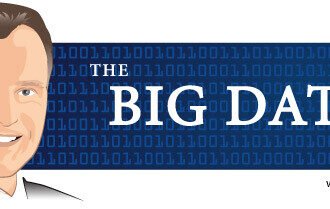A strong Information Governance program can faciliate improvement in how information is managed across the organization, from employee skill sets to policies, procedures, processes, organizational structures, and technology.
While most organizations are aware of the need to govern their enterprise information, we believe that organizations have traditionally not focused sufficiently on this area. Part of the trouble is that it there is no set method to calculate the value of their information and communicate this value to management.
A strong Information Governance program can faciliate improvement in how information is managed across the organization, from employee skill sets to policies, procedures, processes, organizational structures, and technology.
While most organizations are aware of the need to govern their enterprise information, we believe that organizations have traditionally not focused sufficiently on this area. Part of the trouble is that it there is no set method to calculate the value of their information and communicate this value to management.
The difficulty of an intangible asset, such as information, is that it’s nearly impossible to put a dollar amount on it. For this reason, Information or Data Governance programs aiming to leverage information often struggle to determine the potential return on investment of their efforts. Their value calculations are typically based on either specific process improvements or anticipated organisation growth, and a result, can be invalid or miscalculated.
In his post, “What is the Economic Value of Information When Building the MDM Business Case?” Lawrence Dubov suggests a top-down approach to calculating the Economic Value (EV) of information. This approach involves defining a relationship between the market value of the enterprise as a whole vs the value of it’s information (an approach which is also supported by the MIKE2.0 methodology).
The equation looks as such:
EV of Information = P(Information)* Market Capitalization
A weakness of this method is that it may provide only a high level estimate versus the more traditional ROI and NPV methods.
Have you tried this approach to calculate the value of enterprise information? In what instance does it make sense to use this method over another? Please share with us as we continue to expand this offering for our community members.







